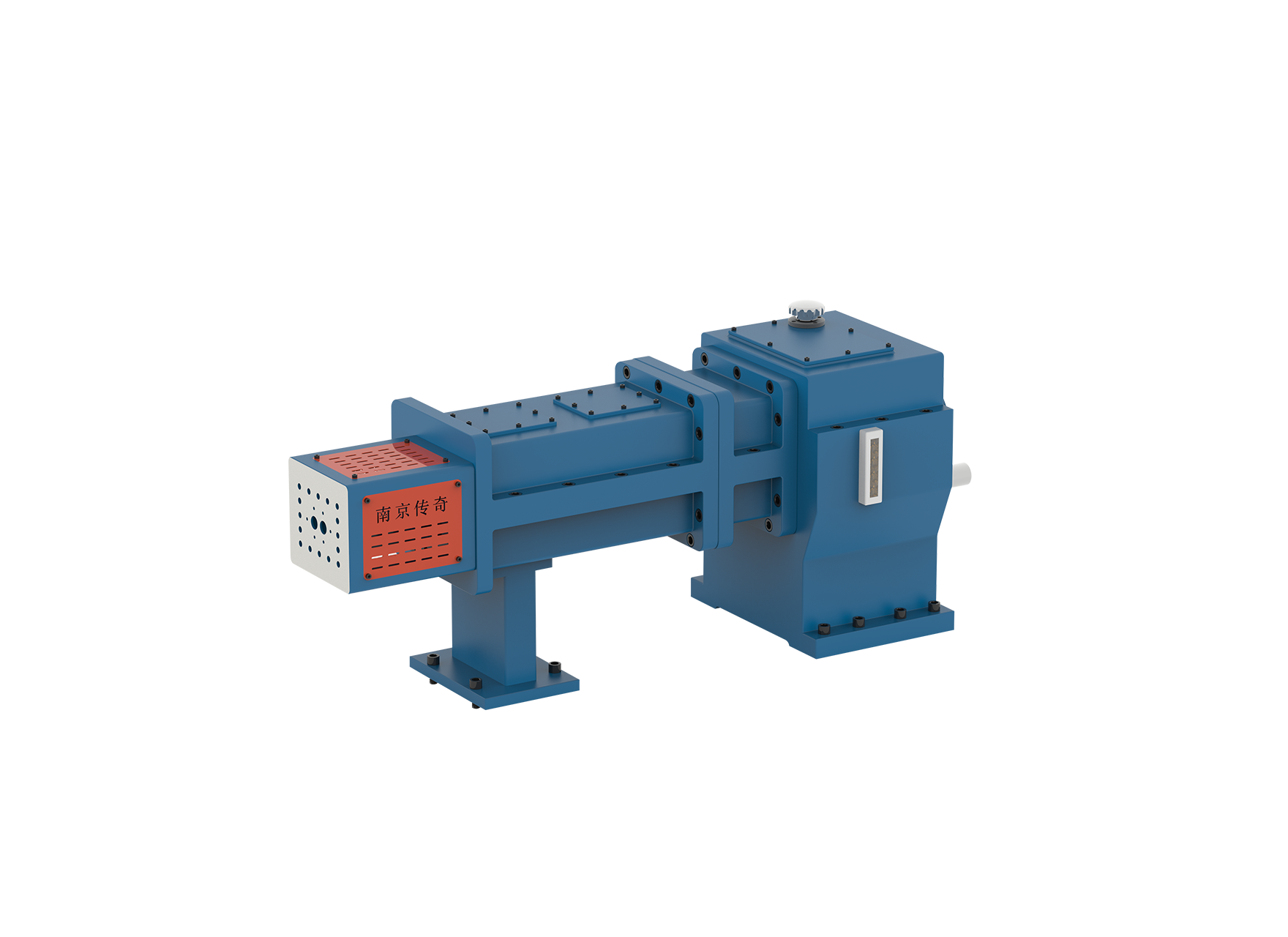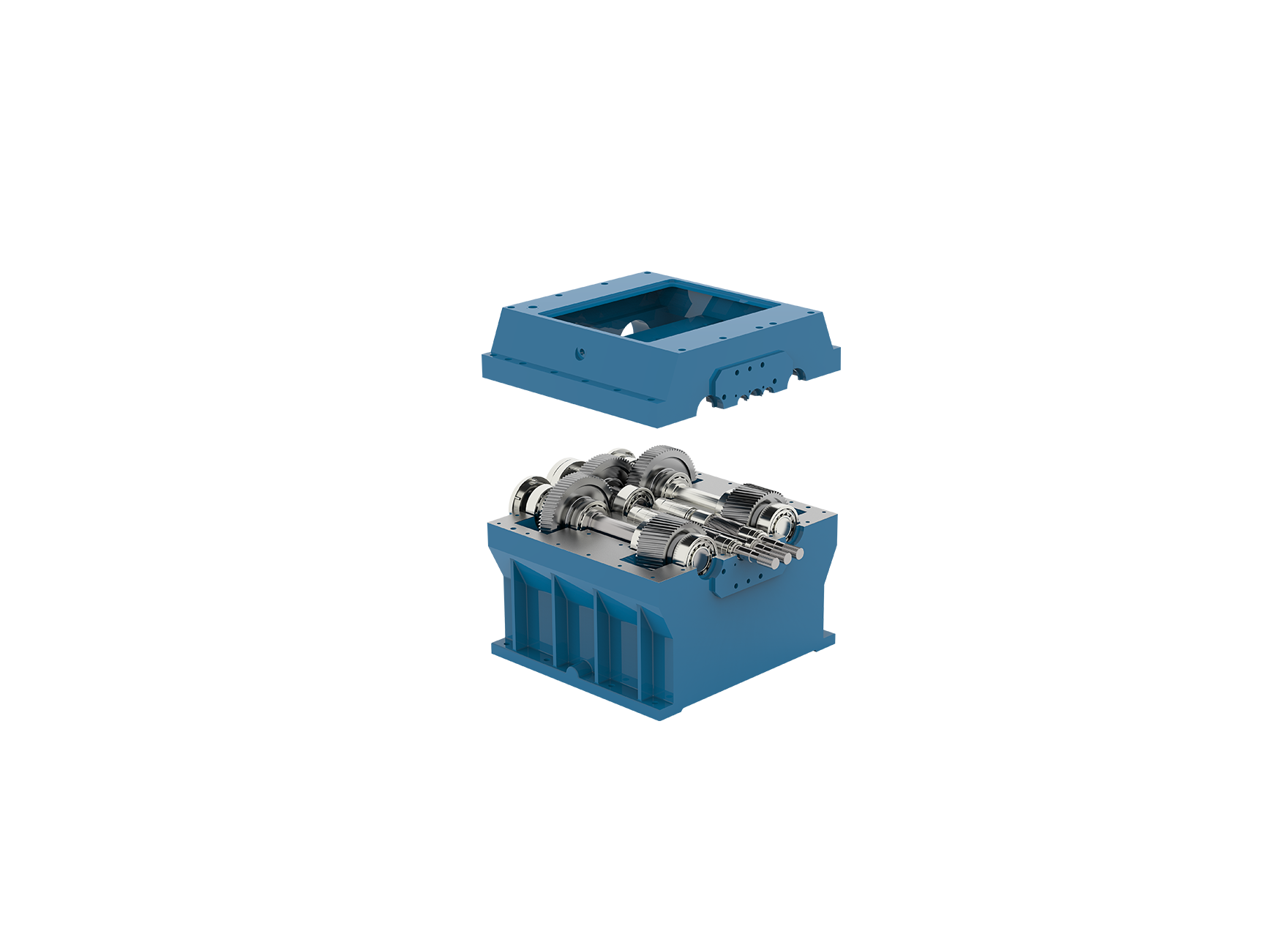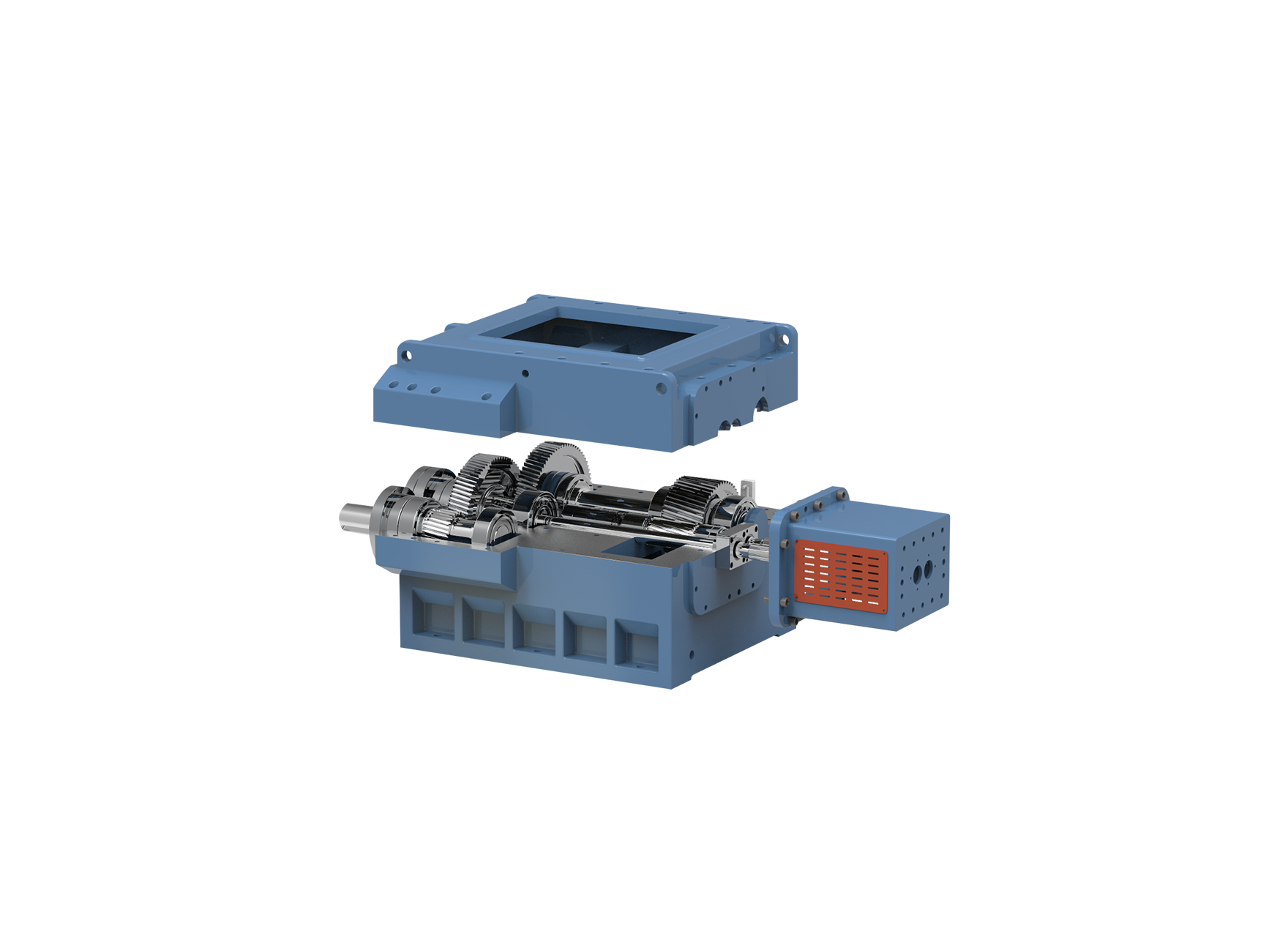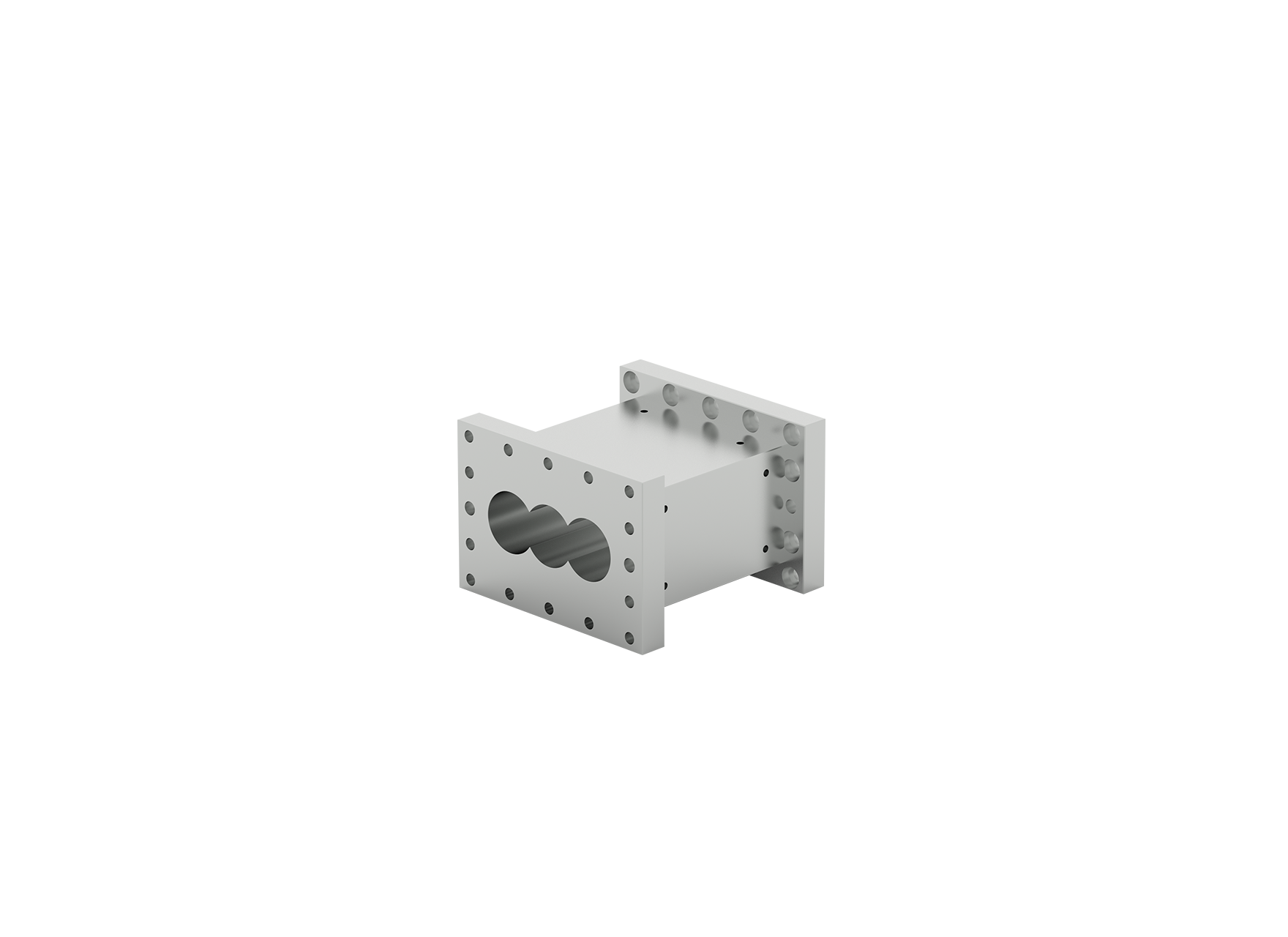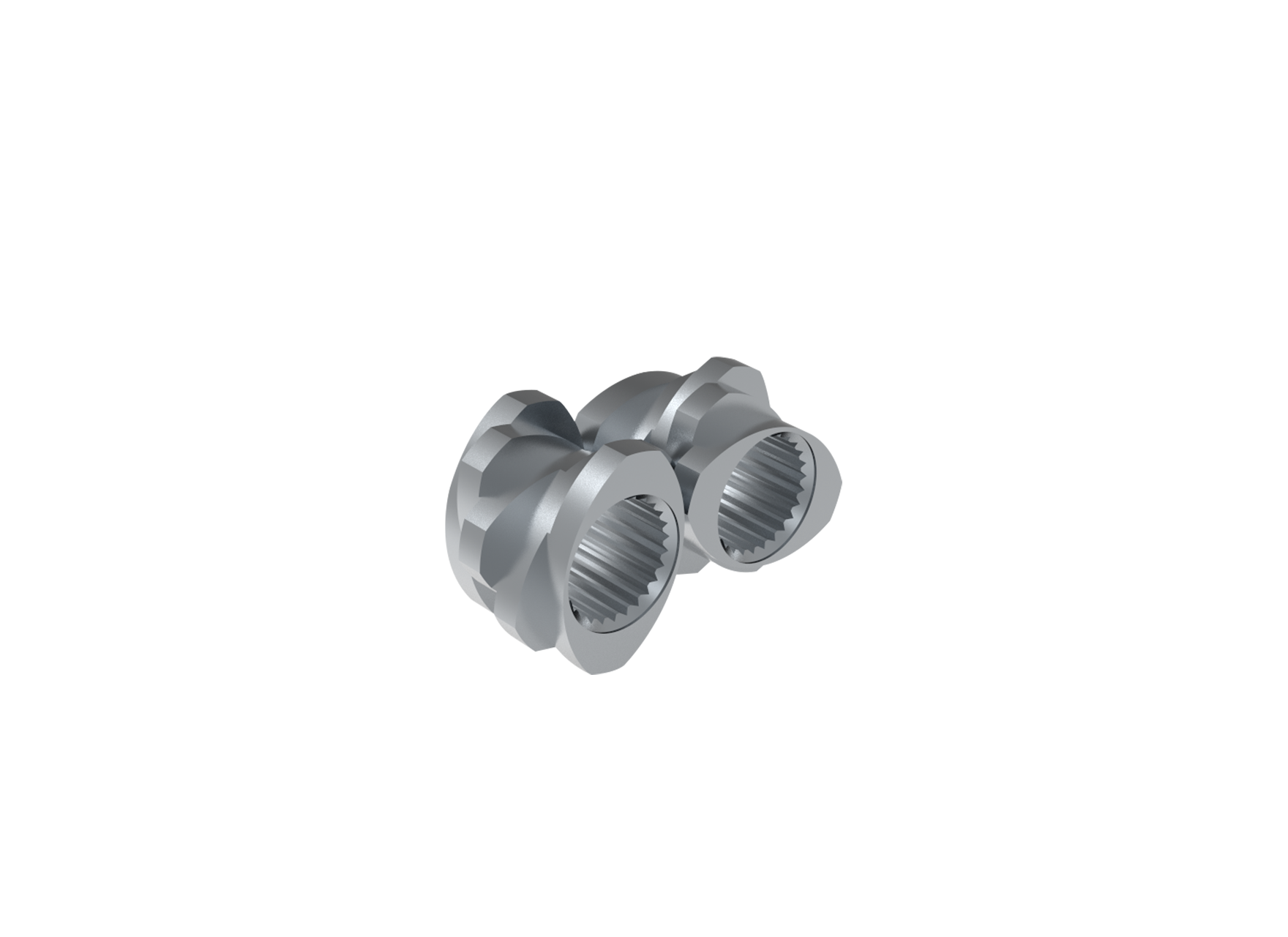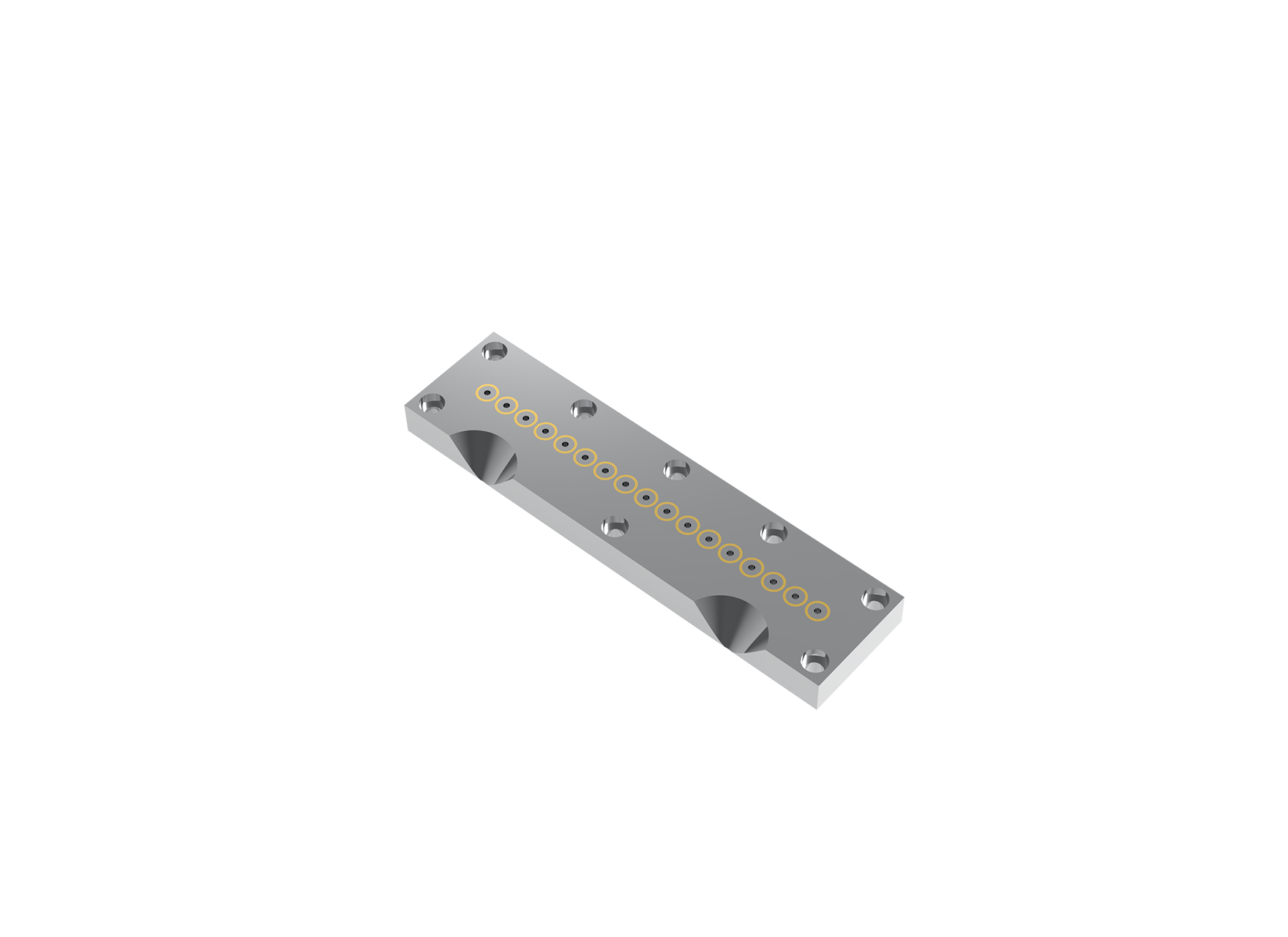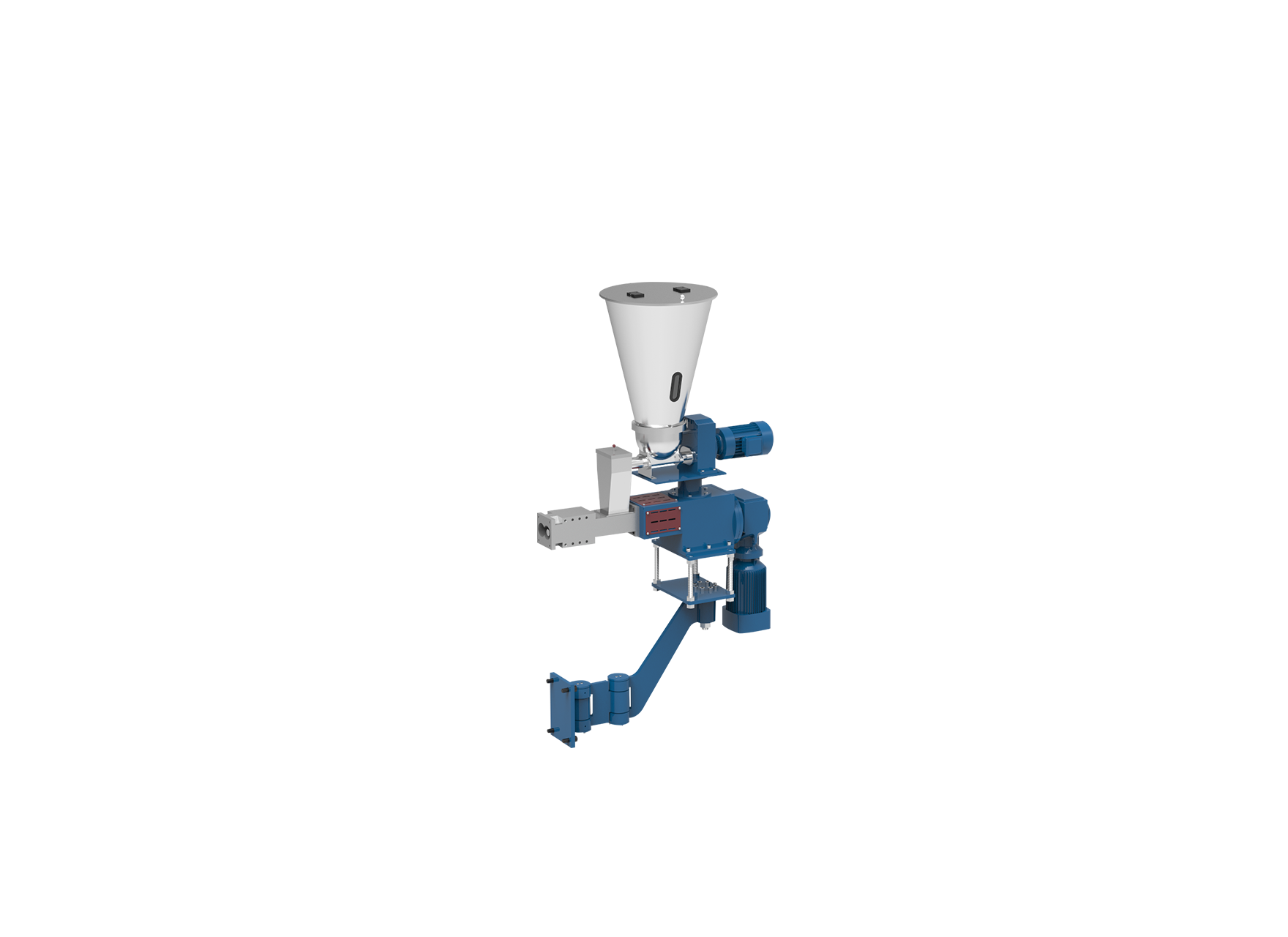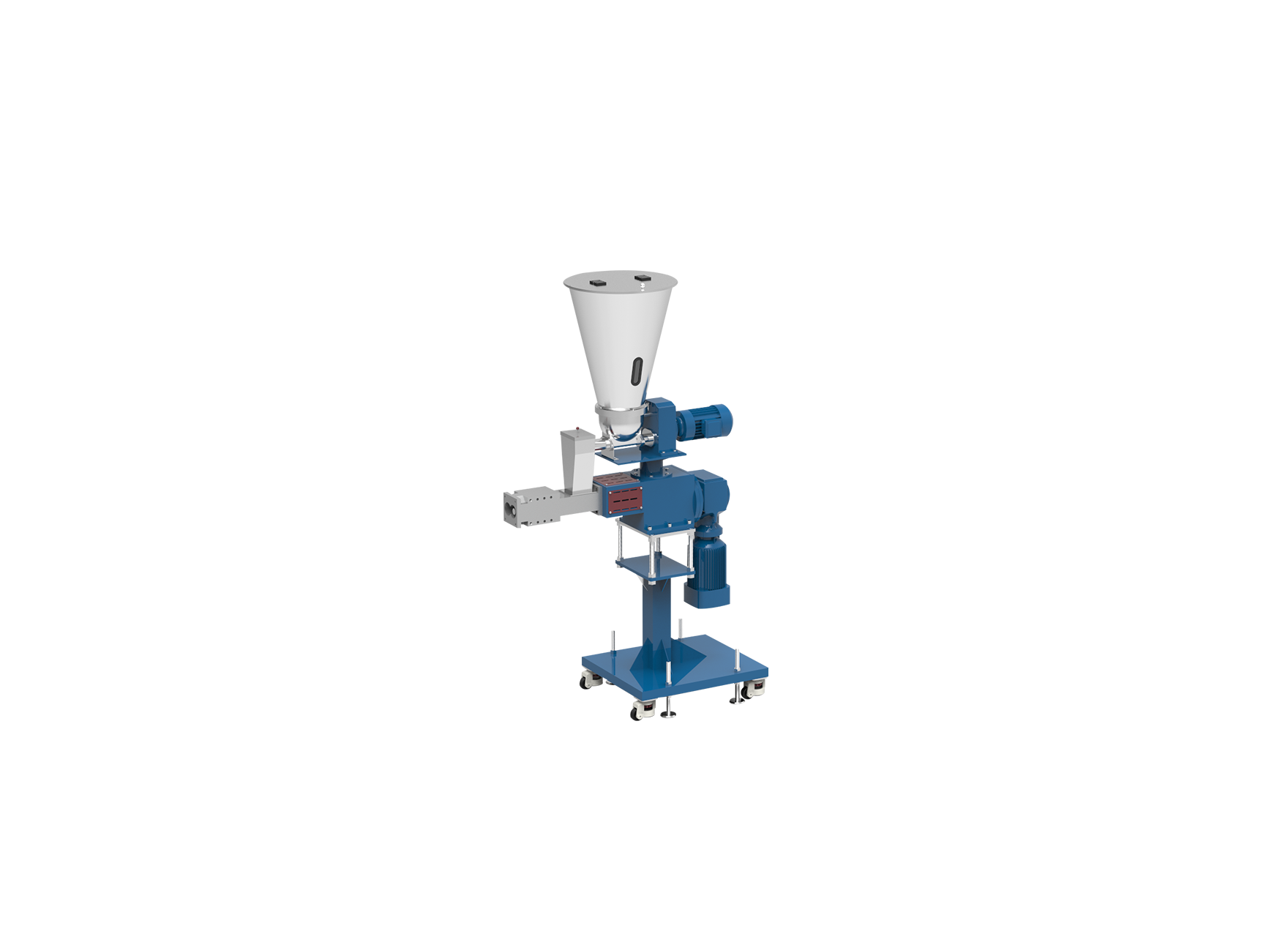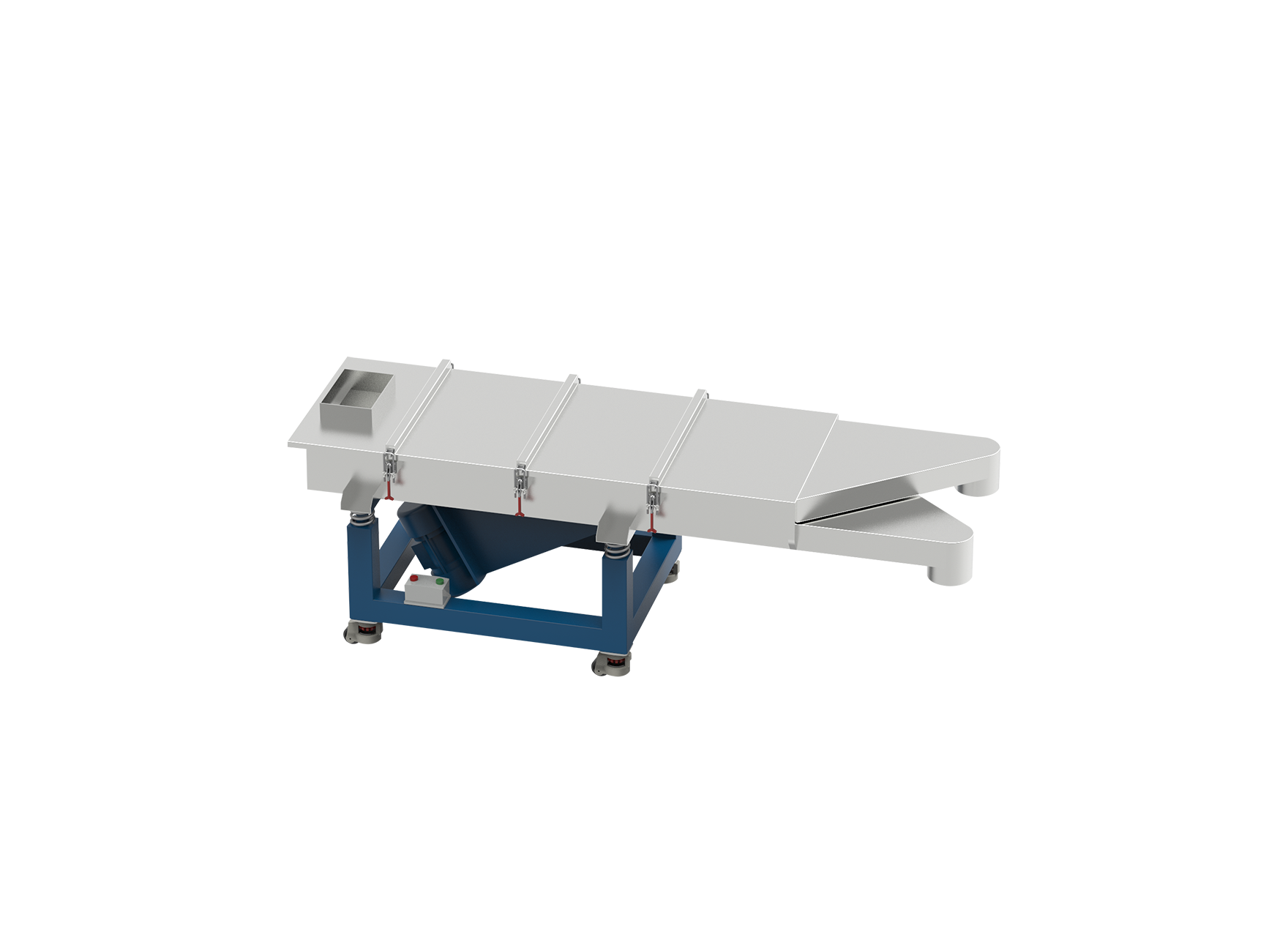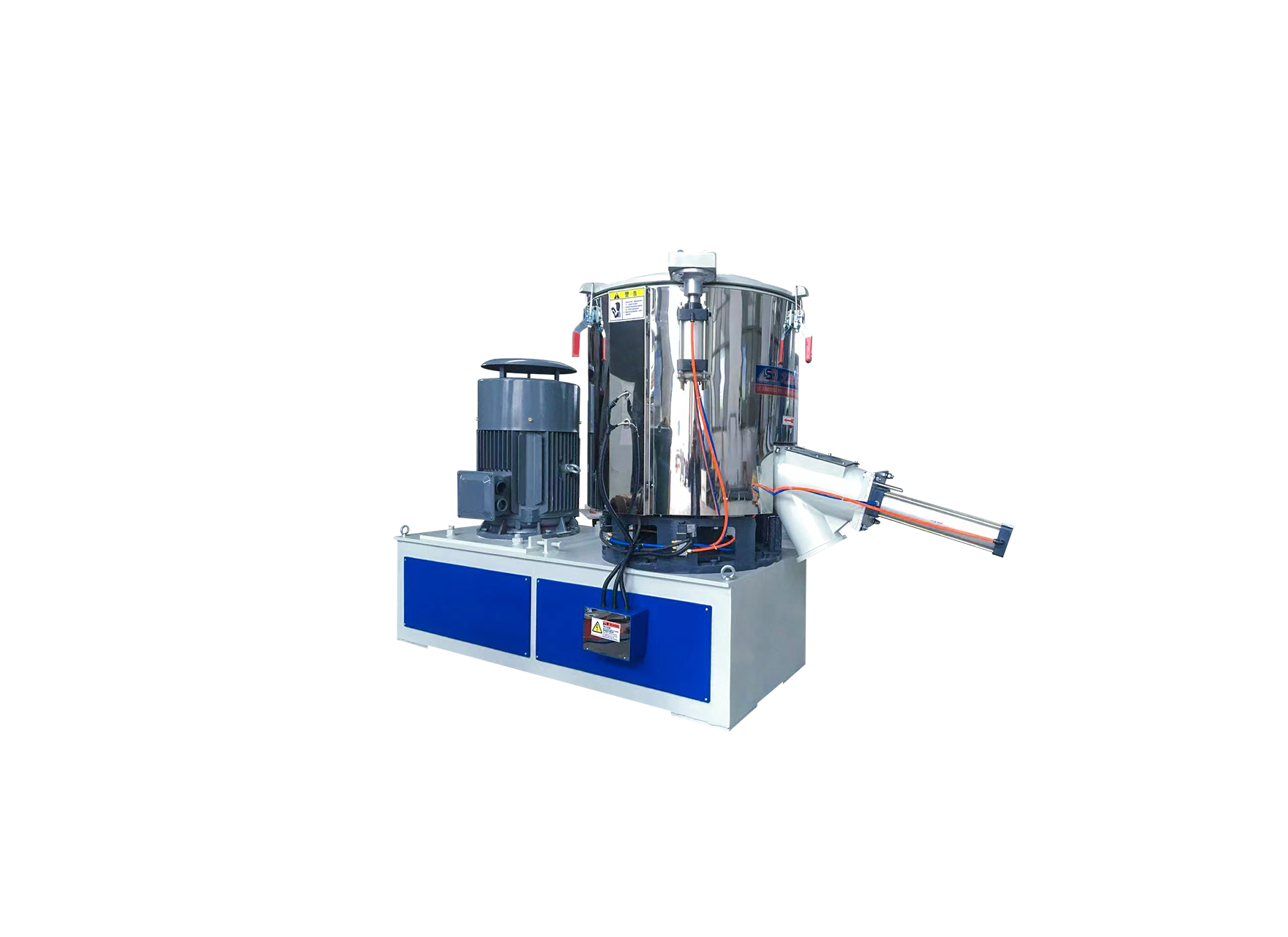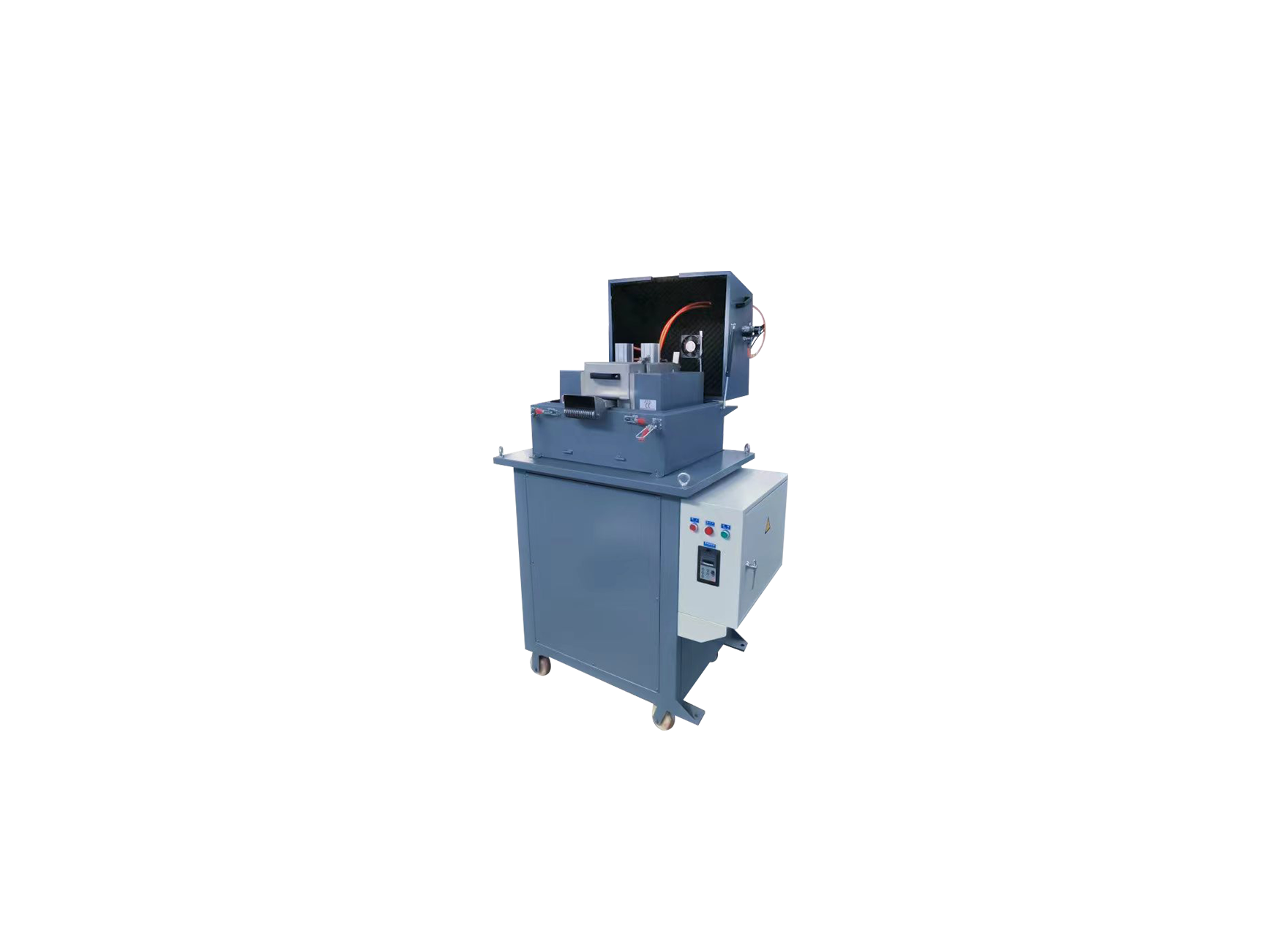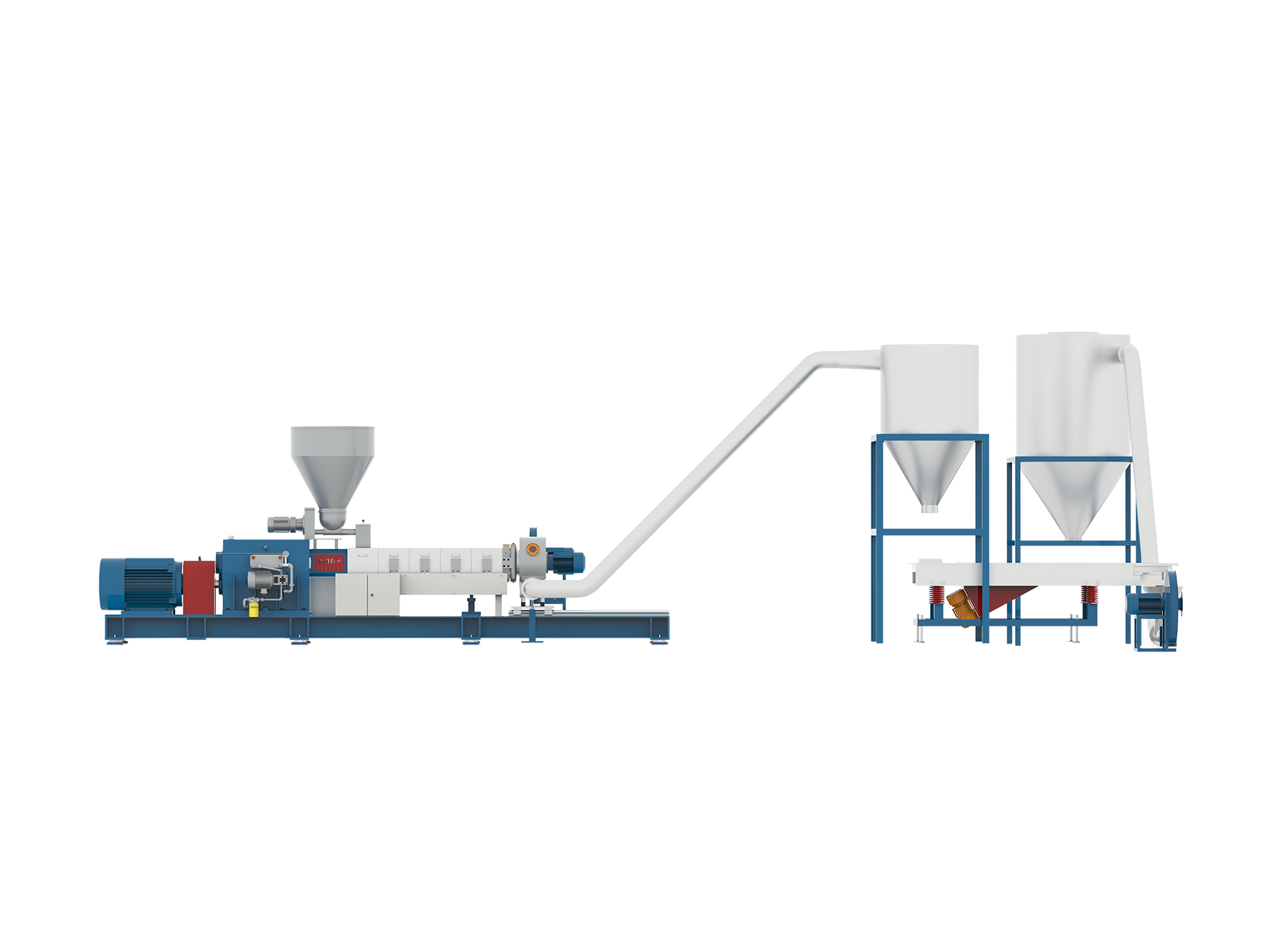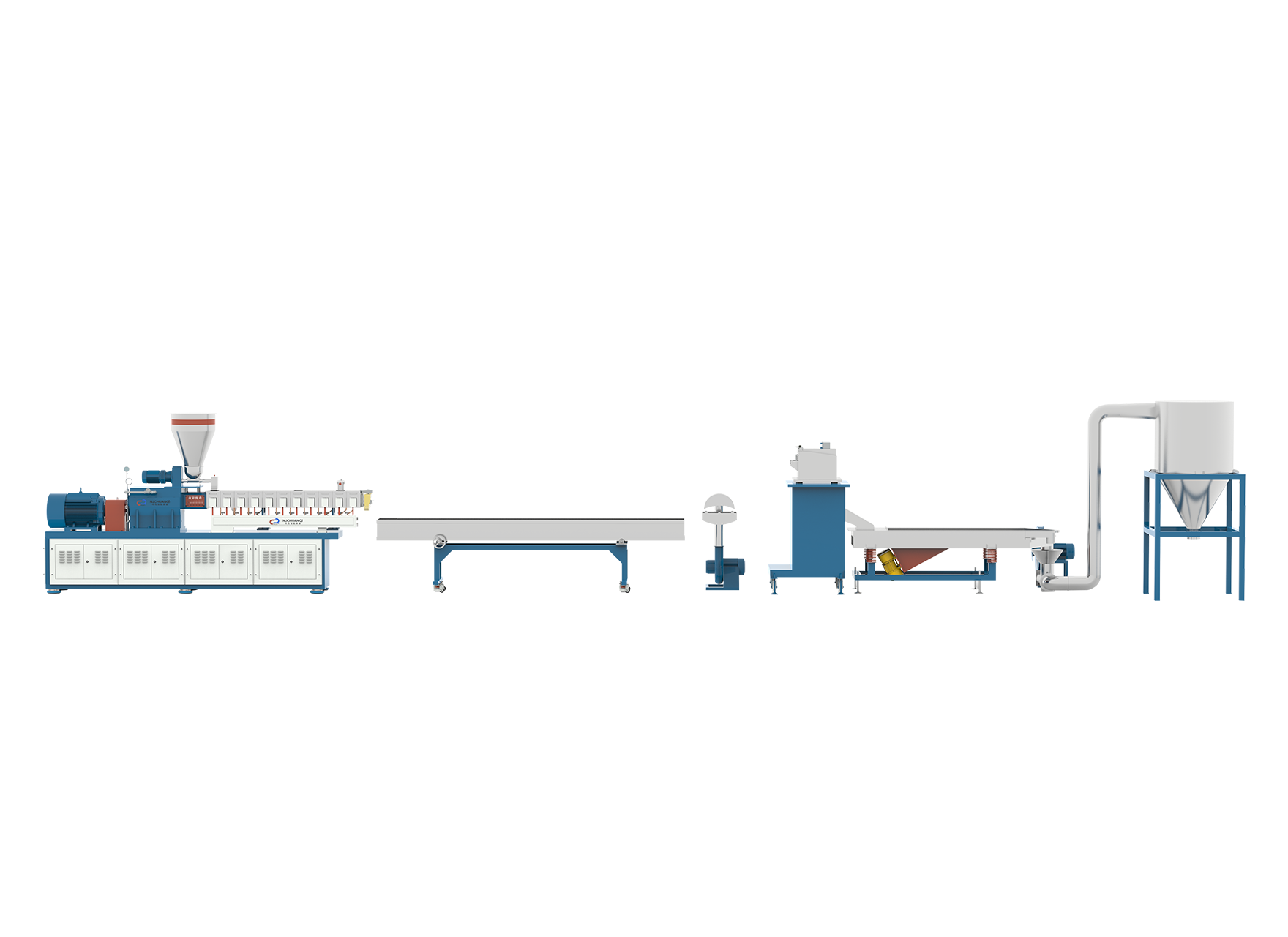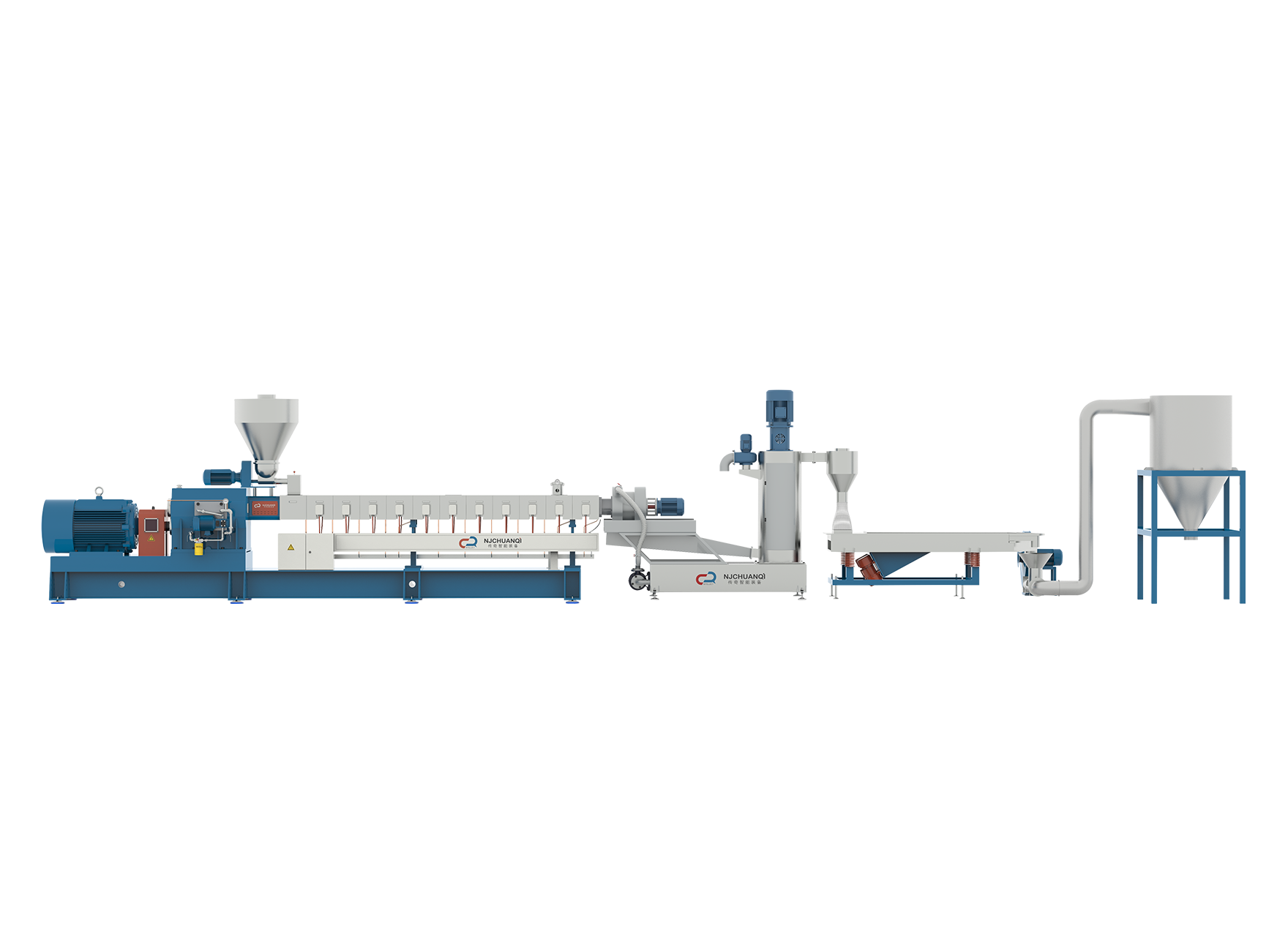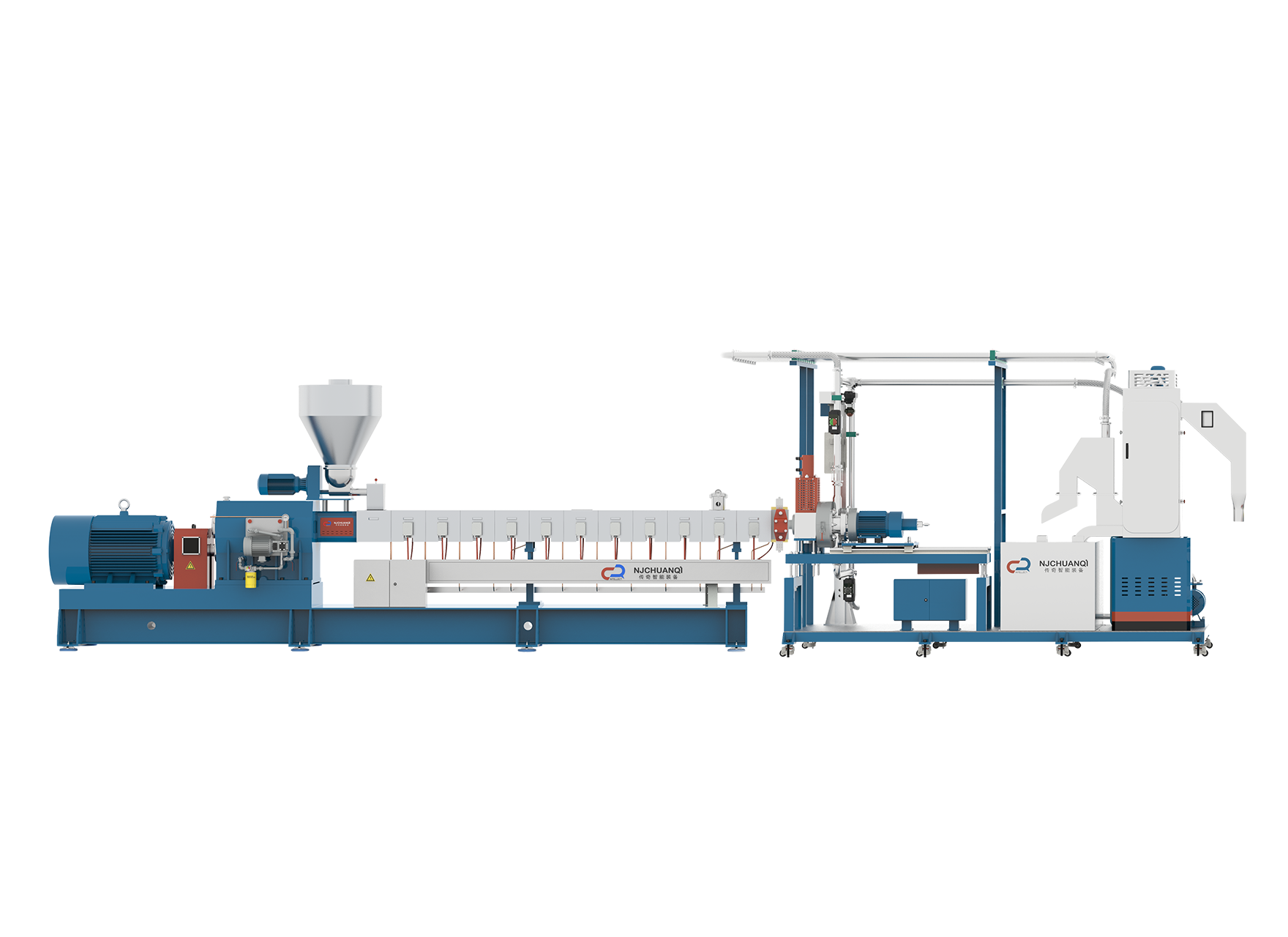The Art of Pellet Making
Pelletization is an essential process in various industries, from agriculture to bioenergy, where raw materials are compacted into uniform pellets for ease of handling, storage, and use. The Industrial Pelletizer Machine and Water Ring Pelletizer are two pivotal tools in achieving this transformation, with the ability to dictate pellet size and shape playing a critical role in the quality and performance of the final product.
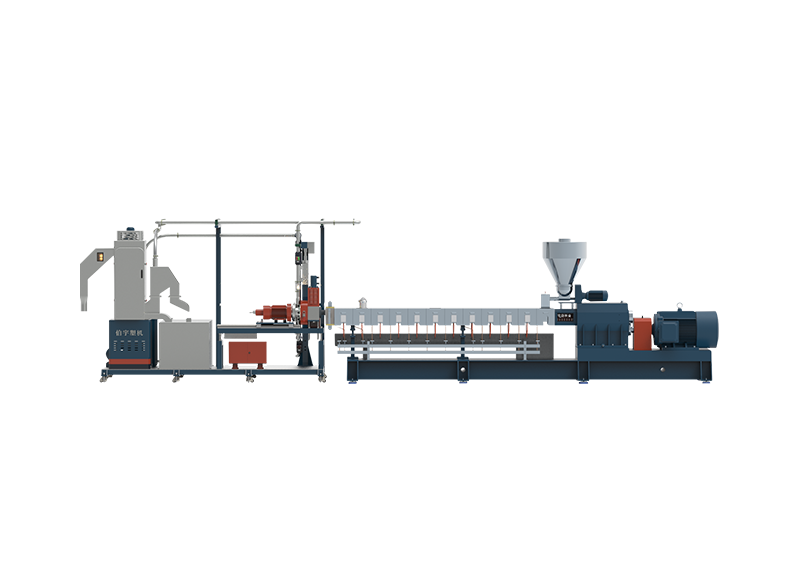
Factors Influencing Pellet Size and Shape
The size and shape of pellets are influenced by several factors, including the mechanical design of the pelletizer, the feedstock properties, and the operational settings. Understanding these factors is essential for optimizing the pelletization process.
Industrial Pelletizer Machine: Precision Engineering
The Industrial Pelletizer Machine employs a series of rollers to compress and shape the material into pellets. The gap between the rollers can be adjusted to control the size of the pellets. Finer adjustments allow for precise control over pellet diameter and length. The pressure exerted by the rollers also affects the density and shape of the pellets, with higher pressures resulting in denser and more uniformly shaped pellets.
Water Ring Pelletizer: Hydrodynamic Shaping
The Water Ring Pelletizer operates by extruding material through a die and into a water-filled ring. The water cools and shapes the pellets as they are formed, allowing for a high degree of control over their size and shape. The speed of the pelletizer's rotation and the water flow rate are key variables that can be manipulated to achieve the desired pellet characteristics. The use of water in this process also aids in reducing friction and heat, which can be beneficial for temperature-sensitive materials.
Optimizing the Pelletization Process
To achieve the desired pellet size and shape, operators must fine-tune the Industrial Pelletizer Machine and Water Ring Pelletizer settings. This involves a systematic approach to adjusting the gap, pressure, and speed, as well as monitoring the material's moisture content and particle size distribution.
Quality Control and Pellet Consistency
Consistency in pellet quality is paramount, and this is achieved through rigorous quality control measures. Regular maintenance of the Industrial Pelletizer Machine and Water Ring Pelletizer ensures that the equipment remains in suitable condition, reducing the risk of equipment-induced variations in pellet size and shape. Additionally, the use of sensors and automated control systems can help maintain consistent operational parameters, further ensuring uniformity in the pellet product.
Challenges and Solutions in Pellet Size and Shape Control
Despite the advanced capabilities of Industrial Pelletizer Machine and Water Ring Pelletizer, challenges such as material variability and equipment wear can affect pellet uniformity. Solutions to these challenges include pre-treating feedstock to standardize its properties and implementing predictive maintenance programs to decrease downtime and maintain equipment performance.
Conclusion
The Industrial Pelletizer Machine and Water Ring Pelletizer are at the forefront of pelletization technology, offering good control over pellet size and shape. As these technologies continue to evolve, we can expect further advancements in pellet quality and consistency, driving efficiency and performance in industries that rely on pelletized materials. The key to success in pellet production lies in the precise control of these machines, ensuring that every pellet meets the exacting standards required for its intended application.

 English
English 中文简体
中文简体 русский
русский عربى
عربى +86-189 1339 2785
+86-189 1339 2785
